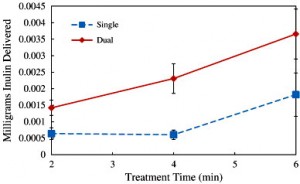Text-speak or textisms, you’ve used them. Everyone is guilty of using OMG, LOL, or IDK at least once. And really, how could you even avoid it? Today, using abbreviated words in texting is quick and easy universal slang. The question is: how is this distinct text speech affecting our everyday language?
In recent years, this question has been asked a lot with mixed results. Some studies have shown that text-speak has a negative effect on literacy skills, lowering grammar scores of middle school students. It was found that students improvised text-speak, which drops vowels, consonants, punctuation, and capitalization, in academic assignments. On the other hand, studies have actually found a positive or no relationship between using text-speak abbreviations and student’s literacy skills. They argue that to fully understand and correctly use text-speak, you need to first have a higher understanding of the language.
Studies also debunk the media fuelled idea of preteens being responsible for creating and using confusing letter and number mash-ups in their daily communication- practically ‘speaking another language’. In actuality, it’s young adults, 18 to 24-year-olds, which are using and developing this language. One linguist adds that in texts, 90% of the words are in proper English, and further argues that abbreviations have limitations in properly conveying ideas. In fact, people will type out “please” and “thank you” three times more than “pls” and “thx”. Moreover, he brings up that textisms really aren’t a new phenomenon, but have been around for dozens of years.
Watch the SourceFed video below and follow their links for more interesting facts!

In the last decade texting and text-speak has become a major form of communication, specifically for adolescents. The fact that our language is constantly changing overtime also needs to be taken into consideration and accepted. How people spoke in the 1800s is nowhere near how we speak today just like our future generations’ language will evolve as well. Whether texting’s lasting effect will be positive or negative on the English language, conflicting studies say it can go either way.
– Rachel Chang








